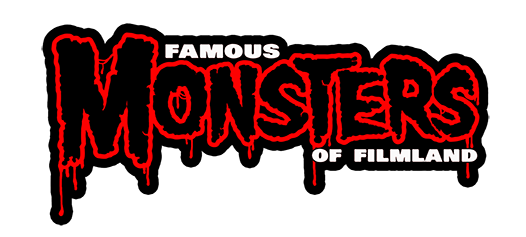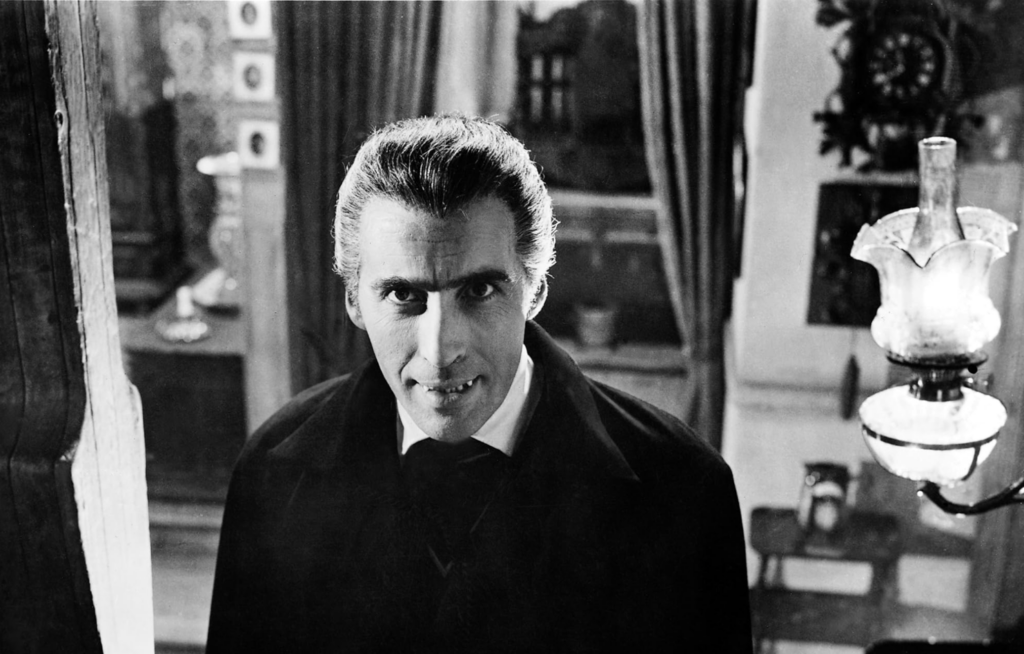Sinister castles, Gothic cinematography, and the one and only Christopher Lee, gleaming with bloodied fangs—Hammer’s Dracula films didn’t just breathe new life into the horror genre; they obliterated the competition. For decades, the studio’s reinterpretation of Bram Stoker’s timeless tale gave fans chills, thrills, and plenty of nightmare fuel. But what made Hammer’s Dracula series such a cultural phenomenon? Grab your stakes and garlic—it’s time to uncover the bloody legacy of this pioneering horror franchise.
the birth of hammer horror’s dracula
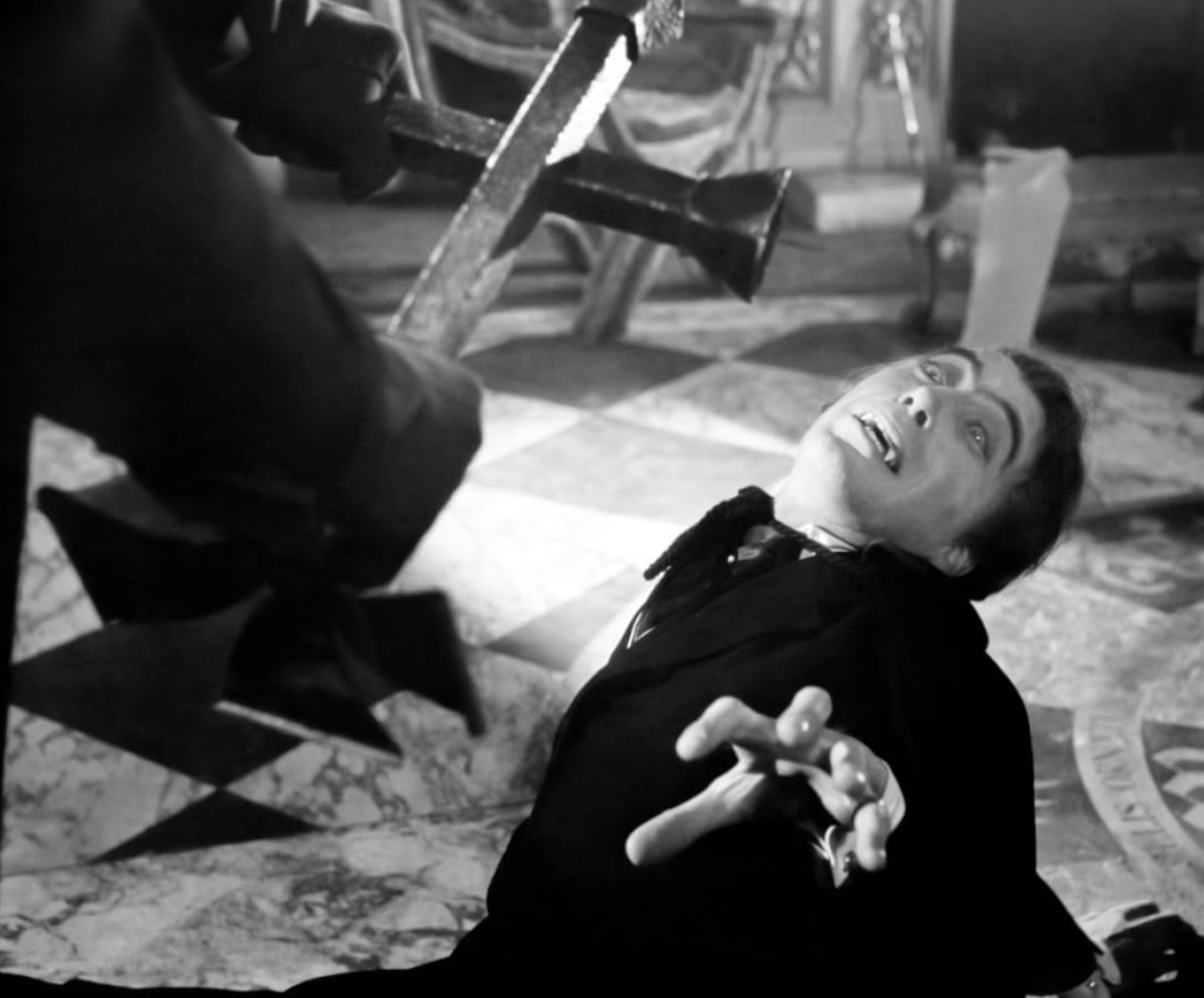
It all began in 1958 with “Dracula”, also famously titled “Horror of Dracula” in the United States to avoid confusion with Universal’s 1931 adaptation. Directed by Hammer’s ace Terence Fisher, this film marked a decisive shift in how audiences viewed the vampire mythos. Forget capes and melodrama; this Dracula was dangerously seductive and fiercely violent.
The man who redefined the Count? None other than Christopher Lee, whose commanding presence and piercing stare set a new standard for vampire performances. Alongside him, the indomitable Peter Cushing played the fearless vampire hunter, Abraham Van Helsing. Their on-screen chemistry was electric—characters locked in eternal battle, bridging terror and triumph.
Hammer’s Dracula wasn’t just terrifying; it was groundbreaking. Lavish sets, rich colors, and an unapologetically sensual tone stunned audiences worldwide. With a modest budget of £81,000, the film grossed over $25 million globally, marking the beginning of something monumental.
the sequels rise from the grave
Naturally, with such success, Hammer wouldn’t leave Count Dracula in his dusty coffin. Their Dracula franchise stretched across nine films, each offering its own distinct flavor of terror:
The Brides of Dracula (1960)
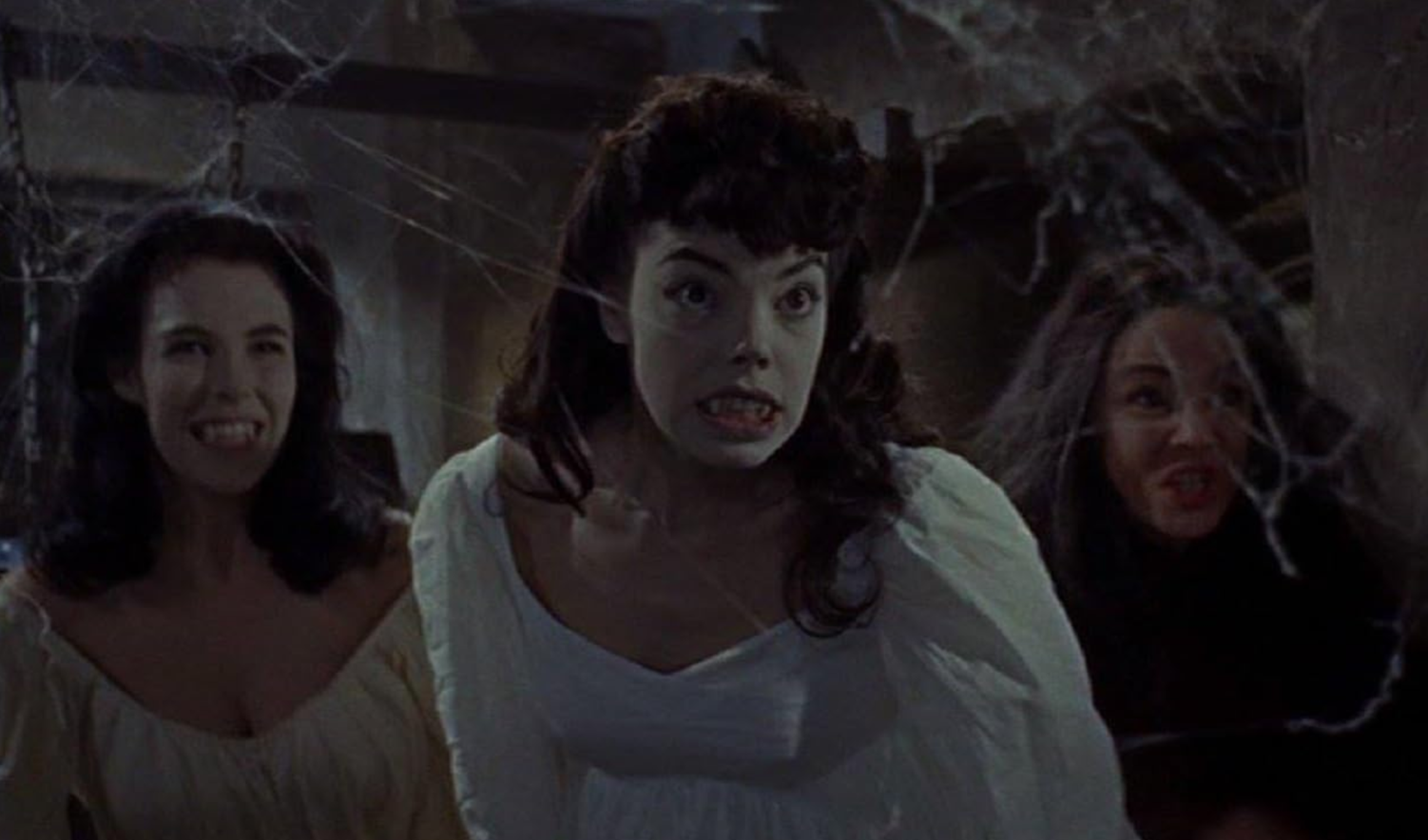
While curiously Dracula-free (gasp!), this pseudo-sequel expanded the universe by introducing Baron Meinster as the villain. Peter Cushing reprised his role as Van Helsing, battling vampires amid moody gothic backdrops. Even in Dracula’s absence, the film became a beloved entry with its hypnotic windmill finale—truly a gothic painting come to life.
Dracula: Prince of Darkness (1966)
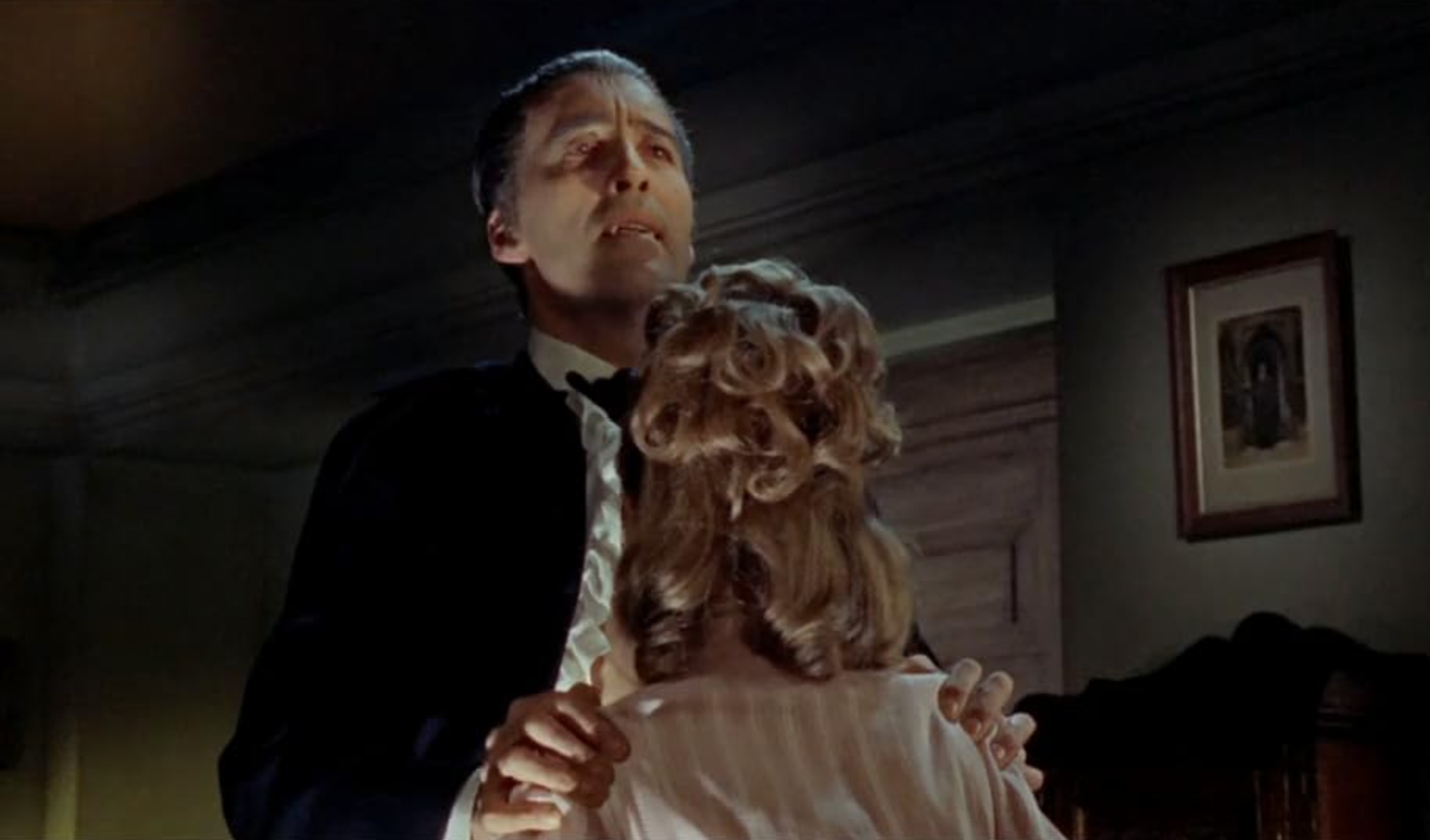
After an eight-year hiatus, Christopher Lee was lured back to his iconic role. And here’s the curious twist—Dracula doesn’t utter a single word throughout the entire movie! Despite the Count’s silence, this sequel is a must-watch, with atmospheric tension that immerses you like a chilling fog.
Dracula Has Risen from the Grave (1968)
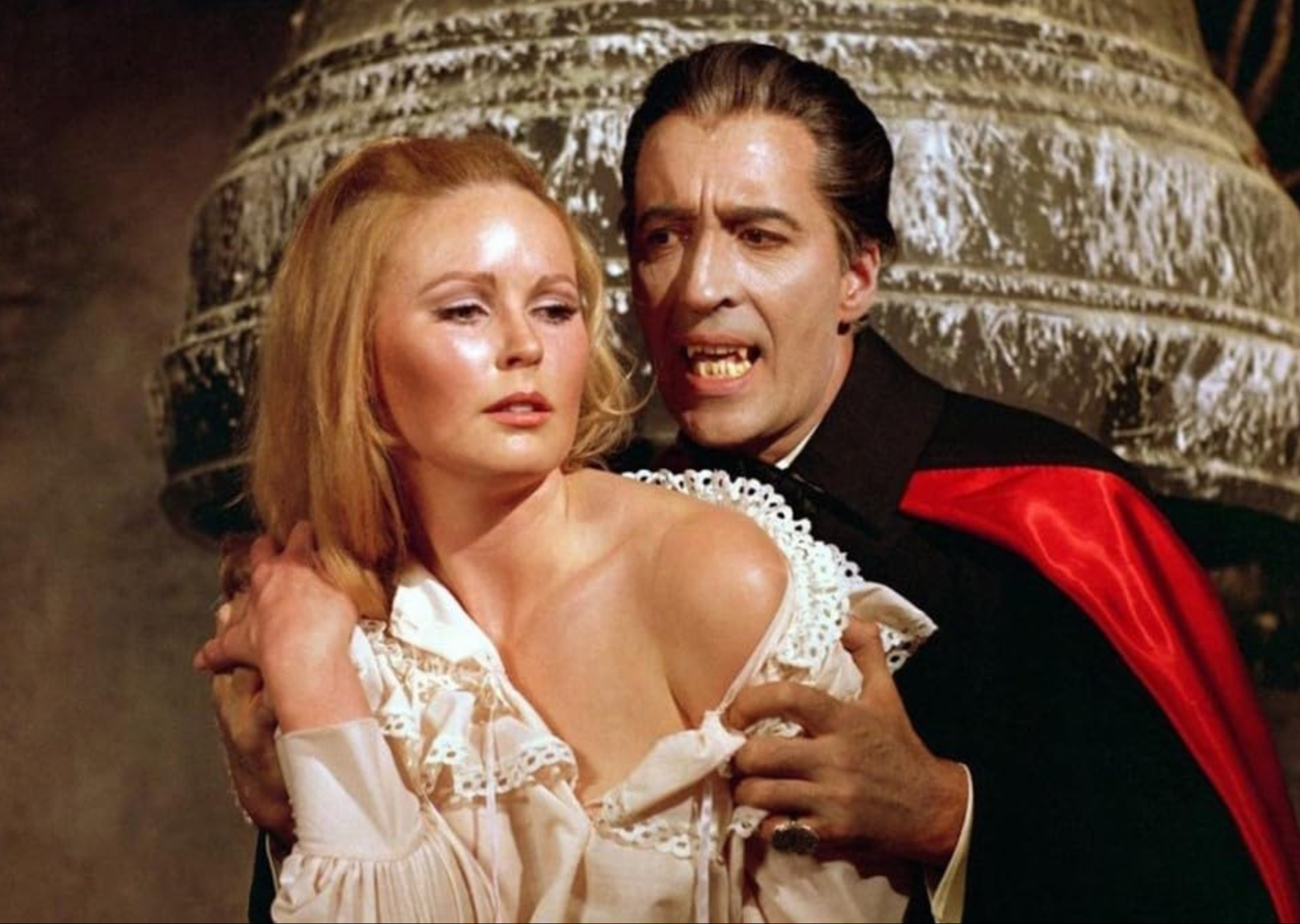
As the first Hammer Dracula shot in Technicolor, this entry upped the stakes (pun absolutely intended). Lee is as imposing as ever, with the visuals oozing gothic splendor—bloody rituals, restless villagers, and all the hallmarks of a classic vampire tale.
Taste the Blood of Dracula (1970)
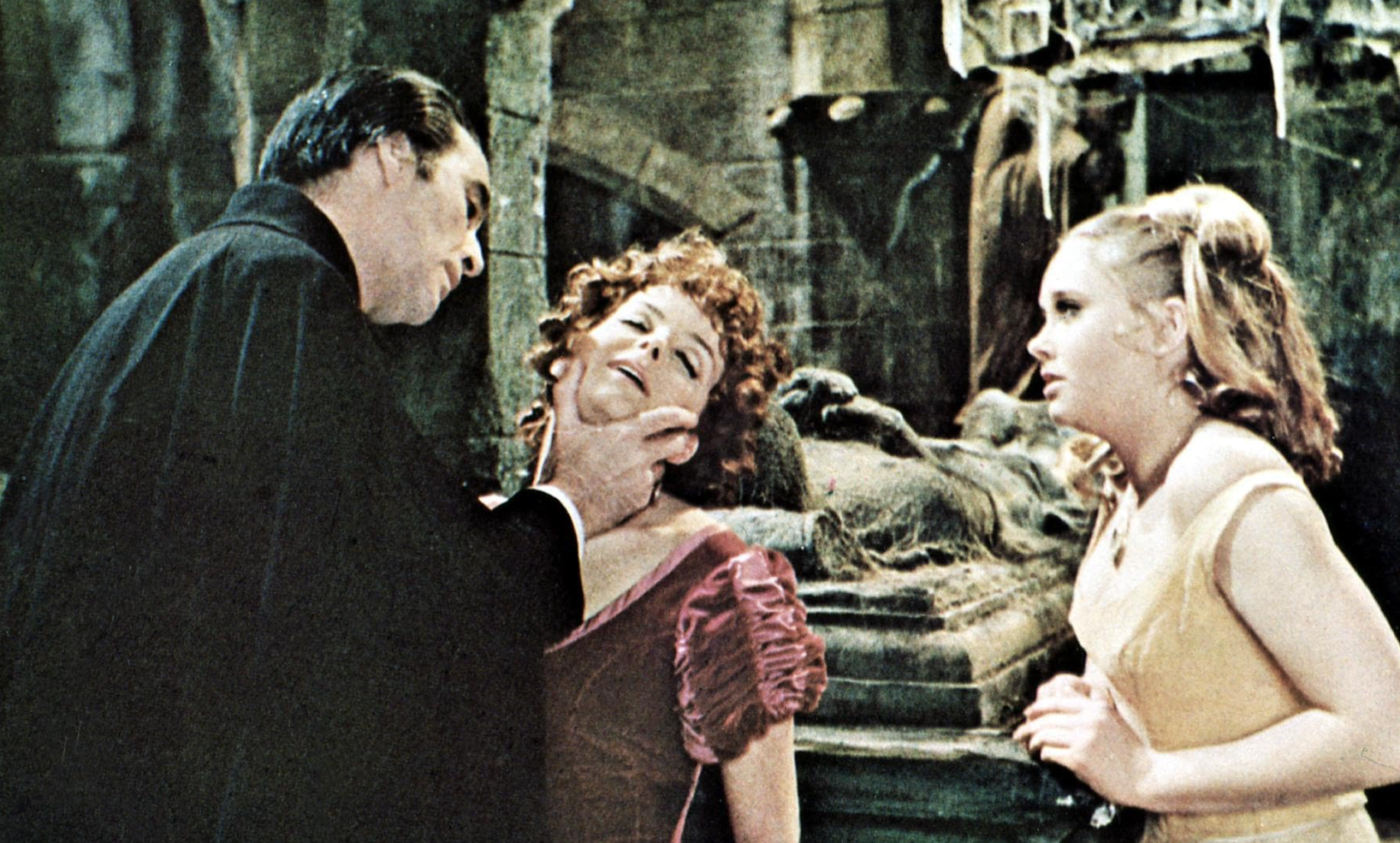
What happens when three Victorian gentlemen accidentally resurrect Dracula? Absolute mayhem. This film skillfully blends social commentary with supernatural terror, positioning the Count as more vengeful than ever.
Scars of Dracula (1970)
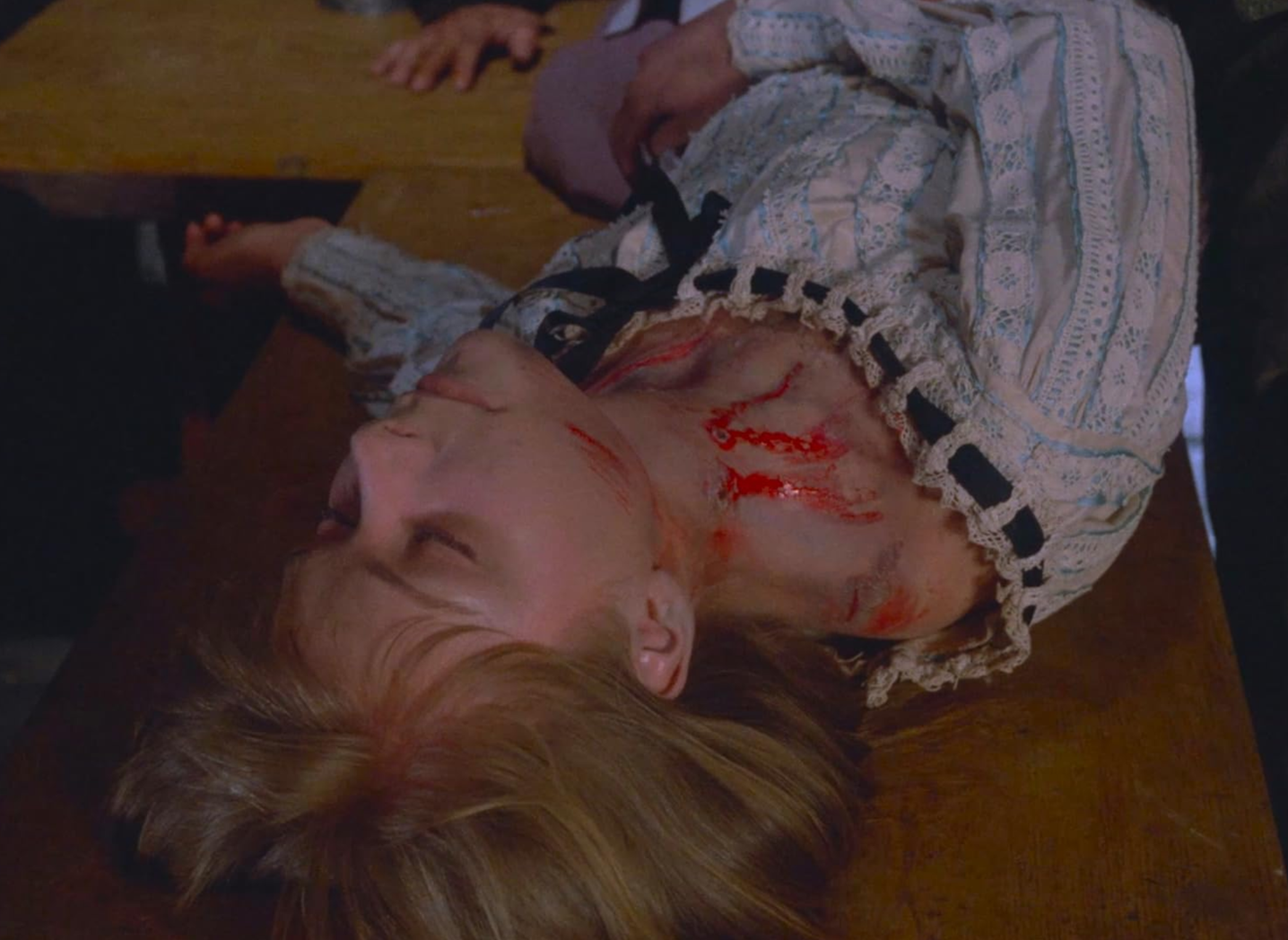
This entry leaned into explicit violence and gore, exploring Dracula’s more sadistic side. It’s far bloodier than its predecessors, perhaps a reflection of growing audience demand for more graphic horror as the genre evolved.
Dracula A.D. 1972 (1972)
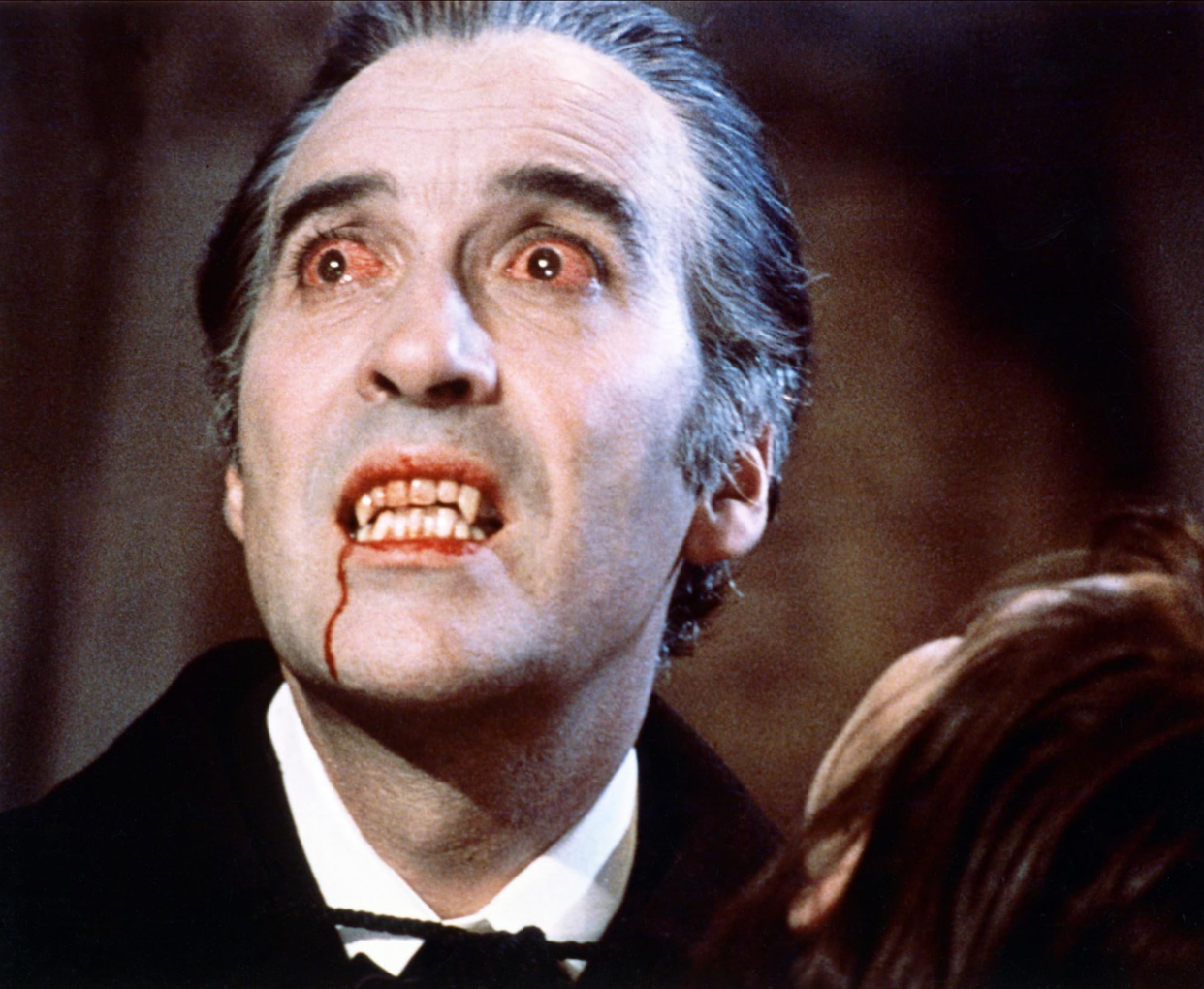
Modern-day London. Swinging parties. Clashing centuries. While gimmicky in premise, this film’s fish-out-of-water vibe sets it apart. Dracula’s 19th-century menace meeting 1970s counterculture creates an absurd yet fascinating contrast.
The Satanic Rites of Dracula (1973)
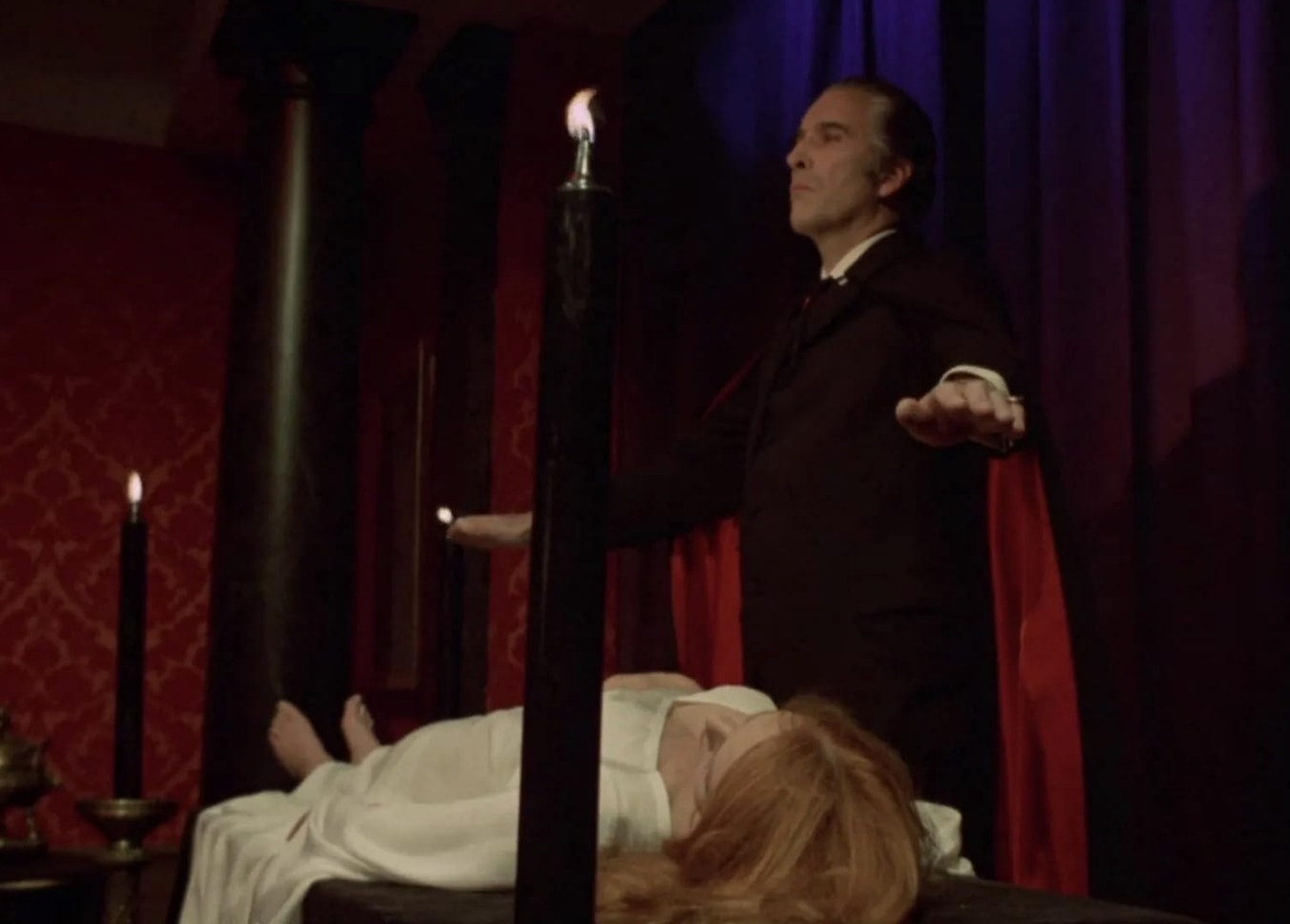
Equal parts spy thriller and gothic nightmare, this sequel threw Dracula into a doomsday cult. It’s pulp horror at its wildest, and who doesn’t want to see Van Helsing face Dracula in a modern apocalypse scenario?
The Legend of the 7 Golden Vampires (1974)
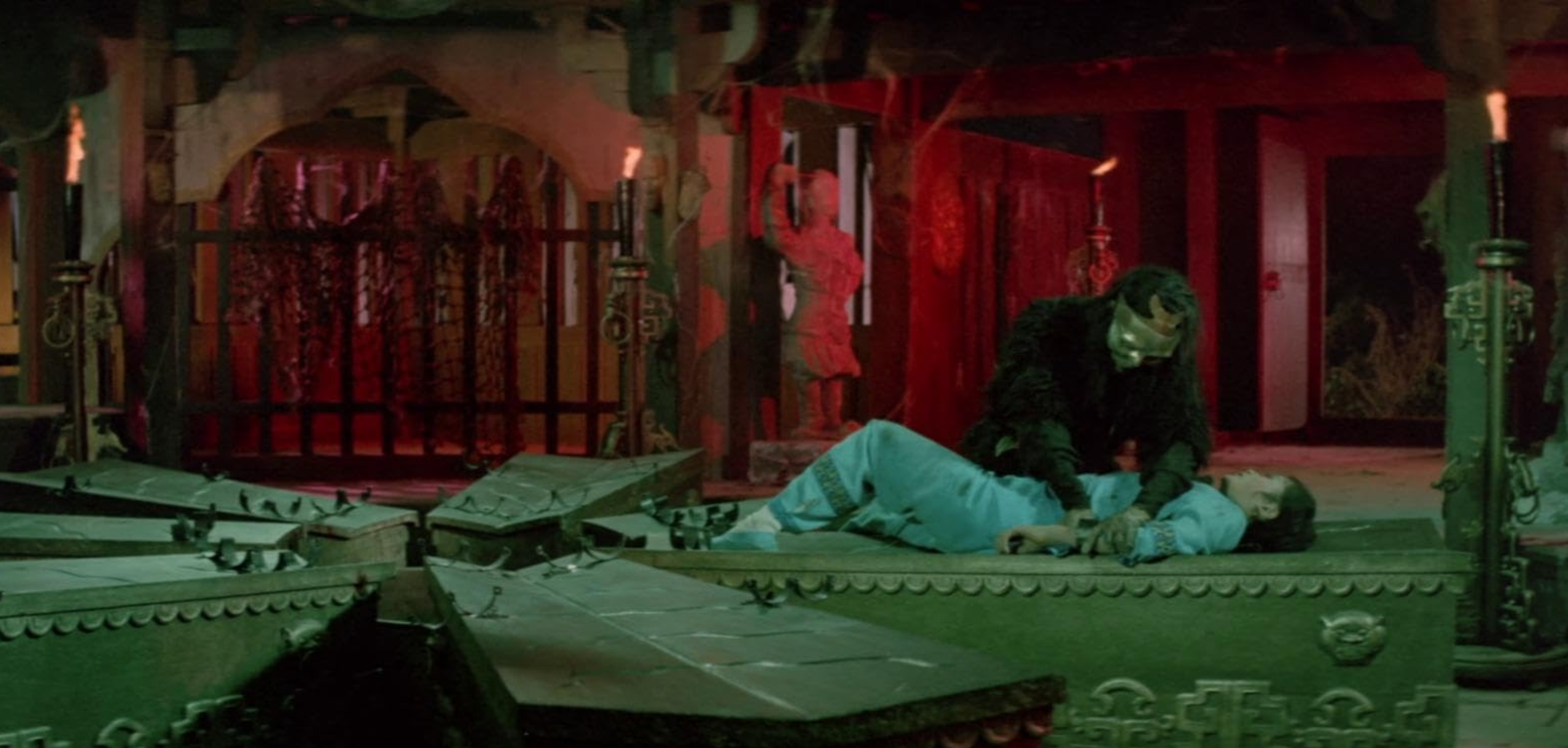
Kung fu vampires? Sure! This film hears your raised eyebrows and doesn’t care. Merging martial arts with Dracula lore, it’s the guiltiest of guilty pleasures and a testament to Hammer’s willingness to experiment.
the hammer secret sauce
Why do Hammer’s Dracula films remain so iconic? For one, their visual identity is unmatched. Unlike the shadow-heavy Universal horrors of yore, Hammer used vivid, almost garish colors that made dripping blood and Gothic castles leap off the screen. The films’ unique atmosphere feels theatrical while maintaining a deeply unsettling edge.
But beyond aesthetics, the key lies in Hammer’s reinvention of Dracula himself. Christopher Lee’s portrayal wasn’t just hypnotic—it was primal. His Dracula was a force of nature, embodying raw danger and predatory magnetism. Lee’s commanding presence turned the Count from a quiet stalker into a full-blown predator, seductively dangerous in every encounter.
Then there’s the moral compass of these tales, embodied by Peter Cushing’s Van Helsing. Where Dracula seduces and corrupts, Van Helsing represents knowledge, determination, and hope. Their dynamic elevates the films into archetypal battles between good and evil.
Hammer also reintroduced explicit sensuality into vampire lore, creating vampires who were both alluring and horrifying. This duality resonated powerfully during the postwar years and into the liberated 60s and 70s.
a legacy that still bites
While Hammer’s Dracula may have faded in the 70s, his legacy is alive and well. Contemporary vampire narratives owe much to Hammer’s blend of seduction and terror. Without Hammer, there’d probably be no Interview with the Vampire, True Blood, or Midnight Mass.
Even today, filmmakers often draw inspiration from Christopher Lee’s portrayal of Dracula. Hammer reinvigorated horror, showing that it could be both terrifying and undeniably stylish.
For seasoned fans or Dracula newbies, there’s no better way to experience the enduring allure of gothic horror than revisiting the Hammer horror classics—or discovering them for the first time.
blood is running through the screen
Are you ready to sink your teeth into some gothic goodness? With its bold reimagining of classic myths, Hammer’s Dracula is proof that sometimes the undead have more life than the living. Be sure to revisit these films—and when night falls, check those shadows extra carefully. Dracula always rises again.

